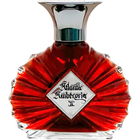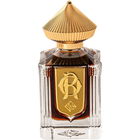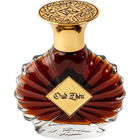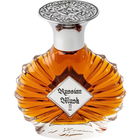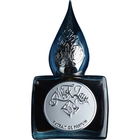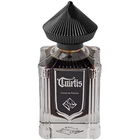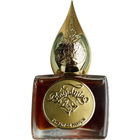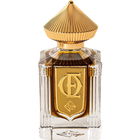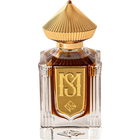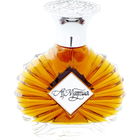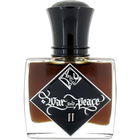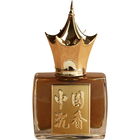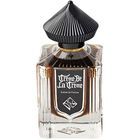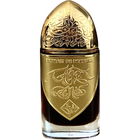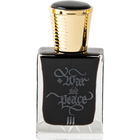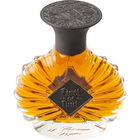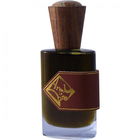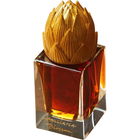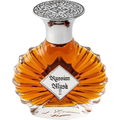Less is often more!
And sometimes very, very little is even the only way to reach the goal.
Traditional Mitti is a popular and cooling daytime fragrance in the Indian-Indonesian region and is obtained through a special distillation process. An ancient extraction method that is still used today.
Since I am fascinated by Petrichor and everything related to rain scents, I couldn't pass by
Le Mitti.
Expectation is everything!
I understand that most people here might not know what to make of this product. If you expect a classic perfume from
Le Mitti, then that's not surprising. But
Le Mitti does not want to be that: a perfume.
If you approach this distillate with this awareness, then the priorities regarding the product naturally shift. It often depends on what you are looking for or expecting.
If you are looking for a functional perfume, then
Le Mitti is certainly not the right choice. However, if you seek an extraordinary scent experience, then
Le Mitti is one of those little waters that can be fascinating due to its puristic single-note concept. You simply have to learn to understand this work and see what it is and what it wants to be.
Personally, I see this product as a kind of sample of what can be brought into a bottle through the art of distillation.
For me,
Le Mitti is a little water that I do not want to part with.
The word 'Mitti' [ मिटटी ] translates from Indo-European (Hindi) to mean 'soil'. For me,
Le Mitti is exactly that: an authentic smell of soil, that is, of clay and earth.
Since
Le Mitti not only conveys these extremely dry impressions but also the scent of freshly fallen rain on a dusty-dry clay ground, or that of a clay house, my rain theme is also satisfied, as the moist and earthy associations do not fall short: gray, dry, matte, mineral, earthy, and sometimes a few fresh raindrops fall on the ground. Those are the images I get especially when consuming
Le Mitti olfactorily.
Here and there, I am also surrounded by a brief whiff of musty damp cellar or that of a U-garage after a rain shower. For me, these are pleasant and positive scents. I may not be a standard, as I also find the smell of gasoline, tar, heavy oil, and kerosene appealing :)
The scent of
Le Mitti is due to its conception flat and one-dimensional. But anything else would spoil the authentic character. After 1-3 hours (yes, depending on the amount, body area, temperature, and skin chemistry), the fine touch of clay-earthy and "dry" moisture also comes to an end. On average, the scent will likely not be noticeably perceptible for longer than 1.0 - 1.5 hours due to its puristic implementation.
For me personally,
Le Mitti is the Indian/Indonesian equivalent of Petrichor and thus rain on dry, unsealed ground, and not like Petrichor (in my perception), rain on hot stone and tar road or pavement with some vegetation.
A simple distillate that is not so simple at all. At least not in its production. A simple and honest work. Controversial? Yes, absolutely. But why not. By the way, it is also the most affordable work from Areej Le Doré that still does not compromise on very nice packaging (see pictures at the very bottom).
Personally, I love what Russian Adam has "dared" to publish. I find
Le Mitti traditional, very honest, minimalistic, and pure.
You don't have to like
Le Mitti. However, you should respect what it wants to be: not a perfume in the true (Western) sense.
There is an older, quite interesting and visually appealing documentary on YouTube that does without spoken words:
"Essential Oil: Making of Mitti Attar - Fragrance of the First Rain by Sugandhim"
Unfortunately, I cannot link the video here without violating community guidelines. But you will find it under the above title if you are interested in the topic and seek further information. It is quite nice to watch if you are interested in the special distillation process for obtaining real 'Mitti' (Attar).
Cheers!







 Loam
Loam







 Holscentbar
Holscentbar QBisch
QBisch Georgeman
Georgeman BoBoChamp
BoBoChamp Marieposa
Marieposa Seejungfrau
Seejungfrau Eggi37
Eggi37 ElAttarine
ElAttarine Gandix
Gandix Schoeibksr
Schoeibksr